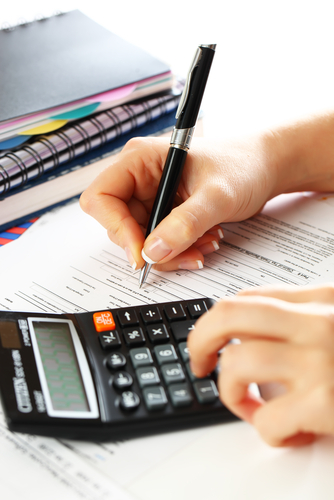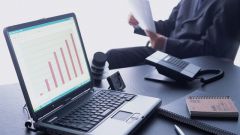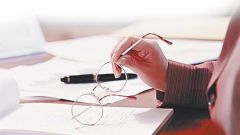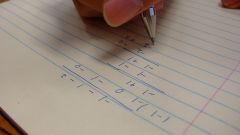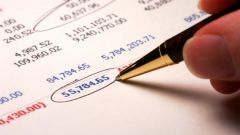You will need
- Balance, calculator, care
Instruction
1
Preliminary analysis of balance
Getting your hands on a balance, first, examine its appearance, evaluate the accuracy of registration. The balance sheet must conform to the standard form, contain full name of the organization, the date of preparation and all the necessary details. View, observing the equality of assets and liabilities, and see how different currency balance (i.e. the total sum for the asset or liability). If it is declined or remained unchanged this alarm requires additional research.
Getting your hands on a balance, first, examine its appearance, evaluate the accuracy of registration. The balance sheet must conform to the standard form, contain full name of the organization, the date of preparation and all the necessary details. View, observing the equality of assets and liabilities, and see how different currency balance (i.e. the total sum for the asset or liability). If it is declined or remained unchanged this alarm requires additional research.
2
Analyzed the balance of the assets
As you probably know, the balance has two parts – the assets of the business (i.e. economic resources) and liabilities (sources of formation of resources). This is the enlarged structure of the balance sheet.
Analyze assets and liabilities is necessary in two ways: horizontally, i.e., comparing the value of each article with its value at the previous date, and vertically, i.e. determining the share of the most important articles of the balance in its currency. Pay special attention to the main object. Map the growth of non-current and current assets in General, the growth of current assets should outpace the increase in non-current, it is evidence of capital mobility. Follow changes in receivables, its growth may reflect the need for more intensive work with debtors. At the same time, the increase in size of long term investments is a measure of active investment policy of an enterprise, which, unfortunately, is not always justified, since funds are diverted from core activities. In addition to these, a very important article, "Inventories", it is also necessary to regularly monitor to avoid "overstocking" (at least this applies to commercial organizations).
As you probably know, the balance has two parts – the assets of the business (i.e. economic resources) and liabilities (sources of formation of resources). This is the enlarged structure of the balance sheet.
Analyze assets and liabilities is necessary in two ways: horizontally, i.e., comparing the value of each article with its value at the previous date, and vertically, i.e. determining the share of the most important articles of the balance in its currency. Pay special attention to the main object. Map the growth of non-current and current assets in General, the growth of current assets should outpace the increase in non-current, it is evidence of capital mobility. Follow changes in receivables, its growth may reflect the need for more intensive work with debtors. At the same time, the increase in size of long term investments is a measure of active investment policy of an enterprise, which, unfortunately, is not always justified, since funds are diverted from core activities. In addition to these, a very important article, "Inventories", it is also necessary to regularly monitor to avoid "overstocking" (at least this applies to commercial organizations).
3
Study the liabilities of the balance
In the analysis of the liabilities of the balance in the first place pay attention to the ratio of own and borrowed capital. The greater the proportion of borrowed capital, the higher the risk to be in a situation of insolvency. Calculate the growth rate of own capital: if they are ahead of the growth rate of debt, this is a positive thing. Positive is the increase in the share of reserves, funds and retained earnings because it reflects the efficiency of economic activities. As for debt capital, the share of long-term liabilities should prevail, it creates the Foundation of financial stability.
In the analysis of the liabilities of the balance in the first place pay attention to the ratio of own and borrowed capital. The greater the proportion of borrowed capital, the higher the risk to be in a situation of insolvency. Calculate the growth rate of own capital: if they are ahead of the growth rate of debt, this is a positive thing. Positive is the increase in the share of reserves, funds and retained earnings because it reflects the efficiency of economic activities. As for debt capital, the share of long-term liabilities should prevail, it creates the Foundation of financial stability.
4
We believe financial ratios
Analysis of balance, in addition to the study of its dynamics and structure, necessarily involves the calculation of financial ratios characterizing the liquidity and solvency of the organization and its financial stability. Here you have to use calculator, because the coefficients of these – a great many. First calculate the net assets (the calculation procedure is described in detail in the Ministry's Letter dated 05.08.1996, the ratio of financial autonomy (ratio of equity to balance sheet total). Then assess the liquidity of the balance by calculating three ratios: current, quick and absolute liquidity. These indicators will allow you to form a reliable picture of the situation of the company. In the future, should be considered in detail "sore spots" of the balance, i.e., the points that you are unable to assess unambiguously.
Analysis of balance, in addition to the study of its dynamics and structure, necessarily involves the calculation of financial ratios characterizing the liquidity and solvency of the organization and its financial stability. Here you have to use calculator, because the coefficients of these – a great many. First calculate the net assets (the calculation procedure is described in detail in the Ministry's Letter dated 05.08.1996, the ratio of financial autonomy (ratio of equity to balance sheet total). Then assess the liquidity of the balance by calculating three ratios: current, quick and absolute liquidity. These indicators will allow you to form a reliable picture of the situation of the company. In the future, should be considered in detail "sore spots" of the balance, i.e., the points that you are unable to assess unambiguously.
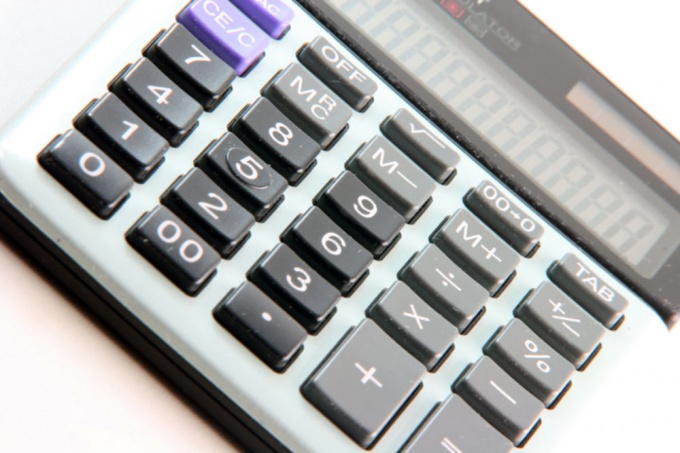
Note
In different branches modify the same balance sheet items may be treated differently. In particular, manufacturing enterprises should avoid "overstocking", while for trading firms often this makes sense.
Useful advice
Often to analyze the balance, constituting the so-called aggregated analytical balance, i.e. by combining the separate article together.
